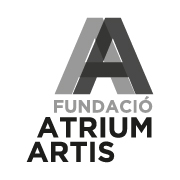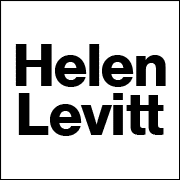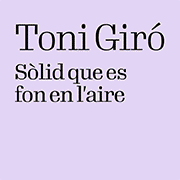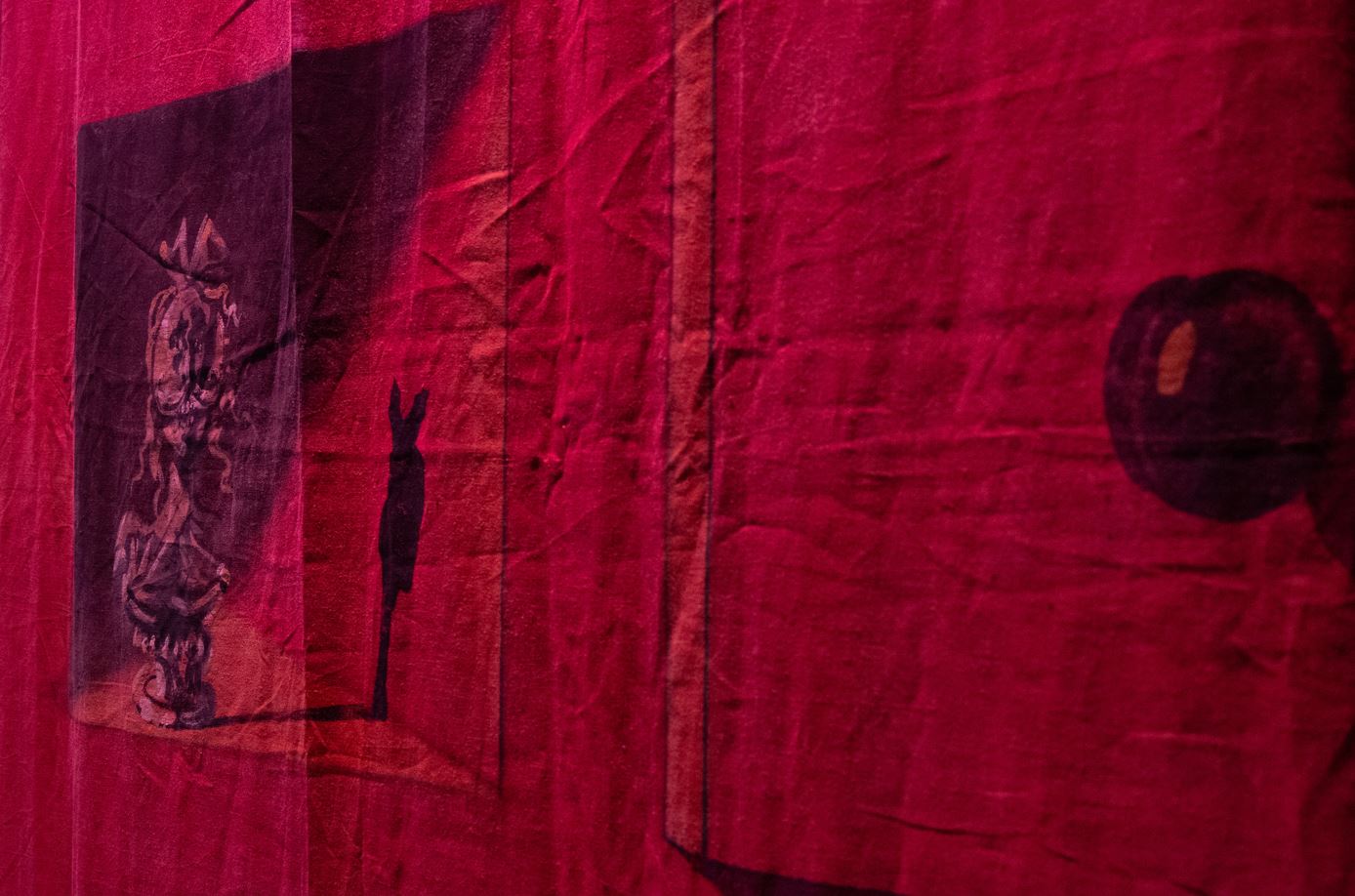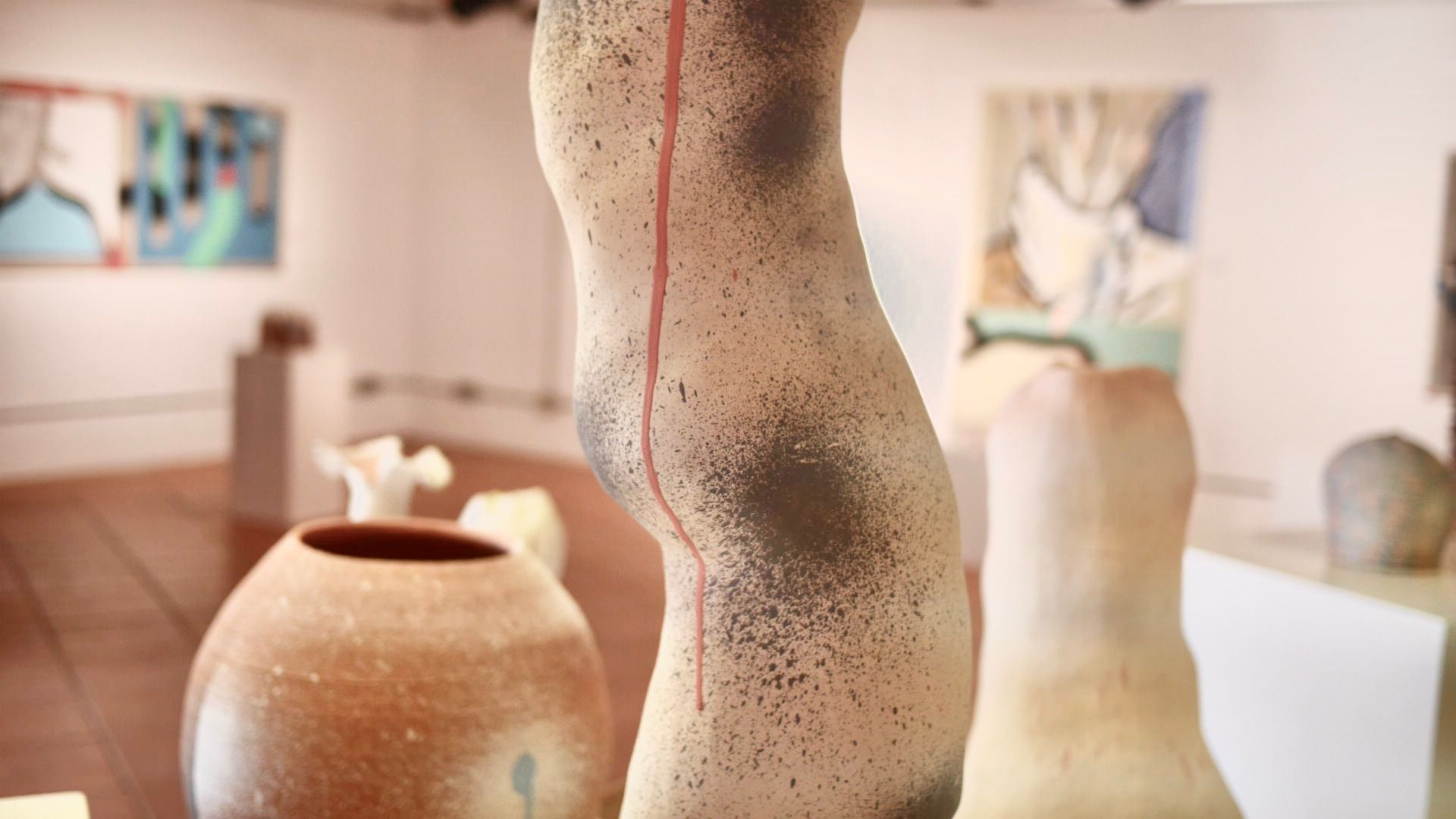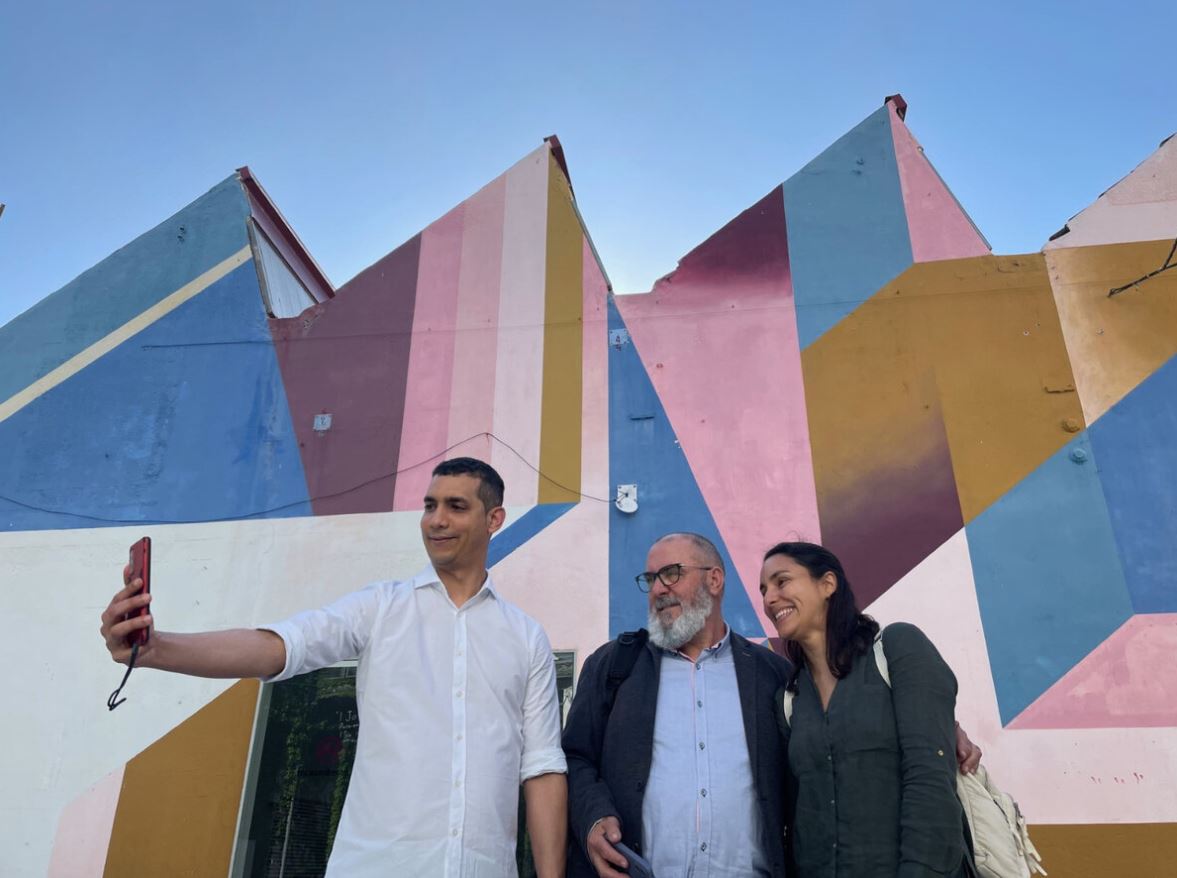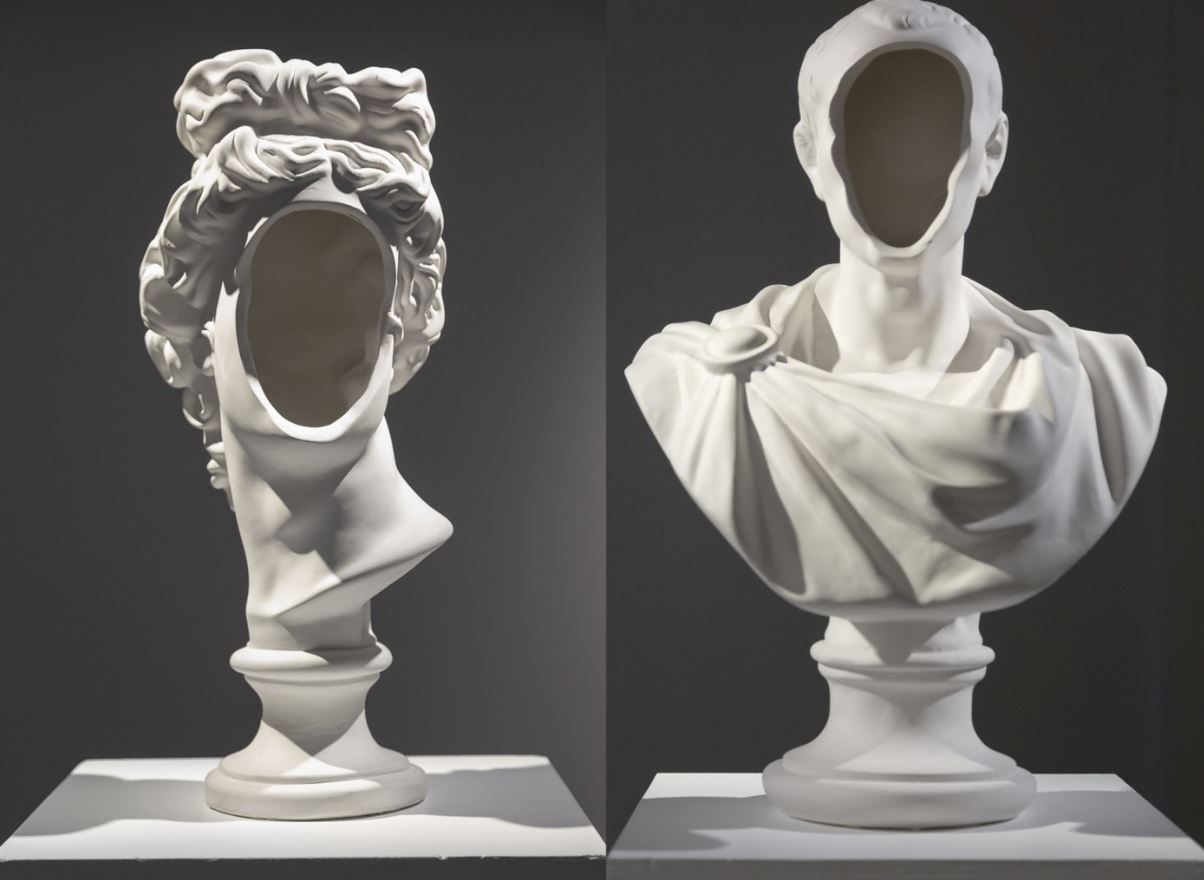Opinion
'VIP Opening'
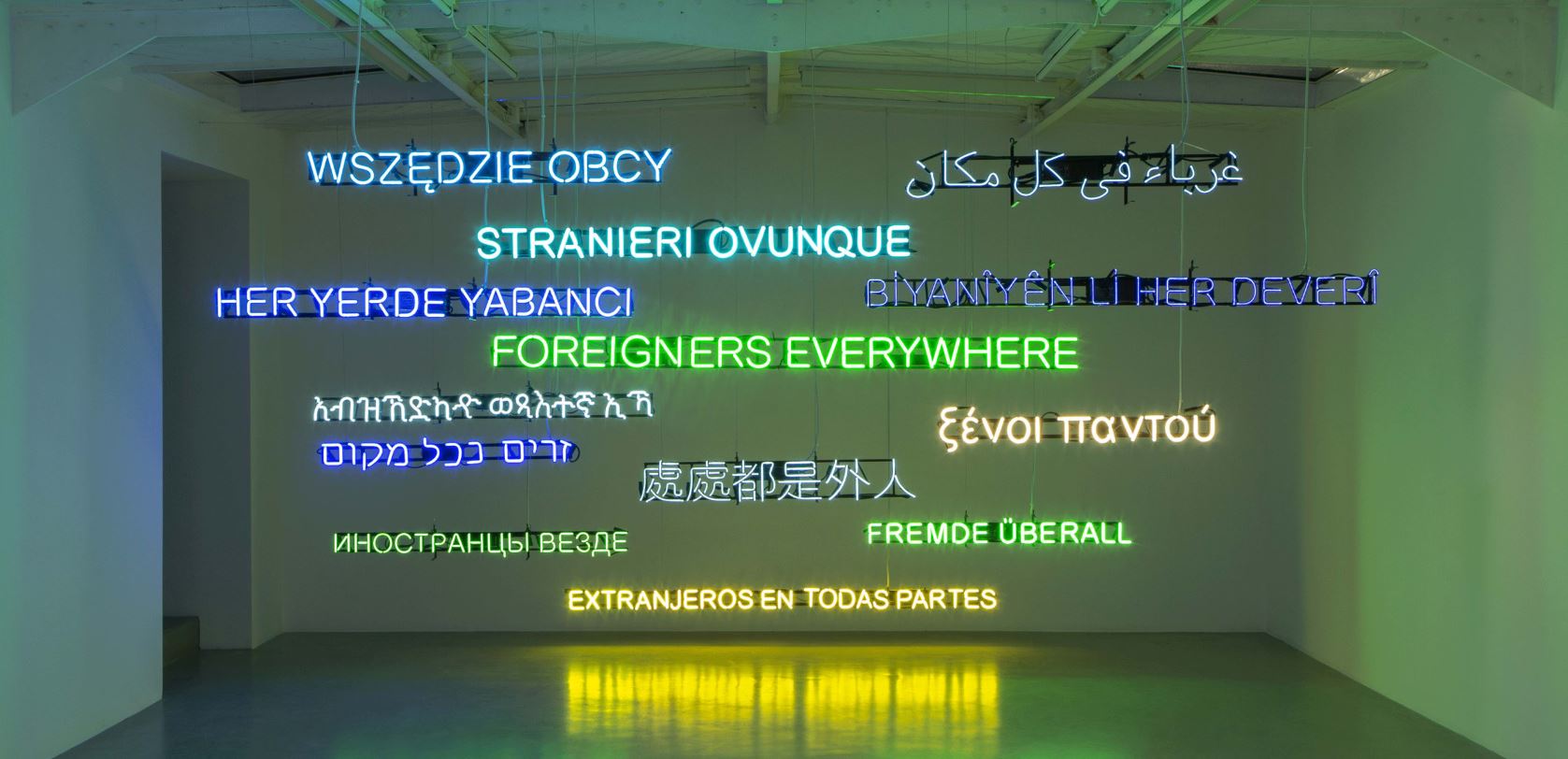
1997 and 2007 were extraordinary years. They seemed to open and close a cycle based on the milestone of the coincidence of the most important artistic events in Europe: the Venice Biennale, the Skulptur Projekte Münster and the Documenta in Kassel. A cycle that went from Catherine David's Documenta, an icon in the return of conceptual practices with that title that summed up everything of Poetics/Politics, to Roger-Martin Buergel's disastrously coincidental one with the participation from the beaches of Roses by Ferran Adrià in his restaurant.
In between, Harald Szeemann's two biennials, in 1999 and 2001, Okwi Enwezor's Documenta in 2002 and, outside of those events, the opening of spaces such as the Palais de Tokyo in Paris and the Modern Tate in London. There was a certain effervescence that had to do with what, with distance, we would say was a settlement of conceptual practices and new media in a context of progressive institutionalization of art. Critically, we could say that it was the settlement of a certain cuisine of contemporary art. I was lucky enough to attend some of the inaugurations of those events. I remember the excitement and fun mixed with the open expectations of youth and being witness to the launch of what I now see as a generational task. I remember a seemingly chance encounter between Harald Szeemann and Okwi Enwezor during the opening of the latter's Documenta, as if one were passing a certain curatorial baton to the other. I remember the feeling with Ferran Barenblit when we arrived at the opening of Szeemann's first Venice Biennale and saw a sea of people in the Il Giardini. That was the art world and we thought we were part of it. Once again, this art world showed that, despite the suspicions of many, it is open and welcoming. I have always thought so. Perhaps naively, but this inclusivity is what has always interested me most about art and culture.
In the last Venice openings I suddenly realized, again naively, that now there were more openings and I was only able to get to the third round. Before there had been special passes for personalities, VIPs, media, gallery owners and collectors... This art world that I had seen as a fauna of great ecological variety was being kidnapped. Without a doubt, art was entering a phase of explicit collusion with class distinction. As if it were no longer possible to find a poorly dressed Harald Szeemann talking to artists about his own opening. Perhaps it is a symptom of a return to a social stratification of the art world in which everyone intervenes, from VIP openings (which have become widespread in museums or art centers, multiplying exclusive visits prior to popular openings) to galleries converted into art centers installed in the most exclusive centers of the Mediterranean. And perhaps that strange presence of El Bulli at the 2007 Documenta, as a proposal accessible to only a privileged few, announced more than we thought it was a new trend.


